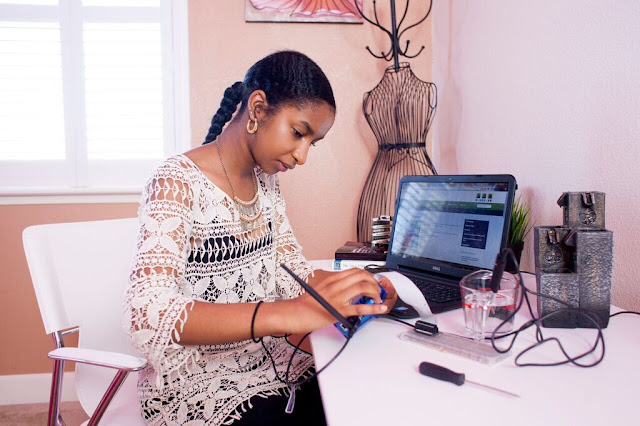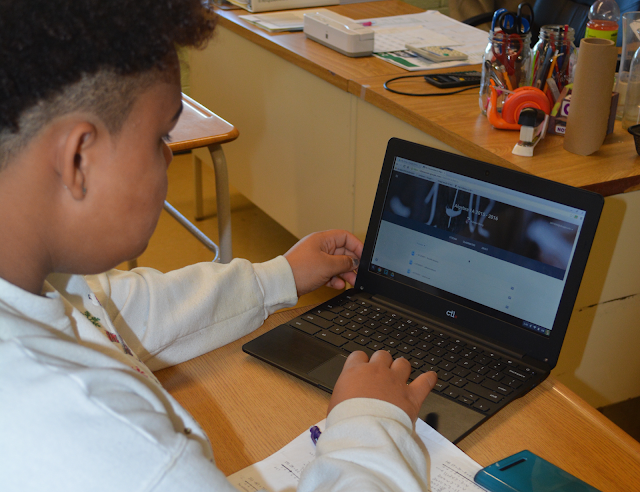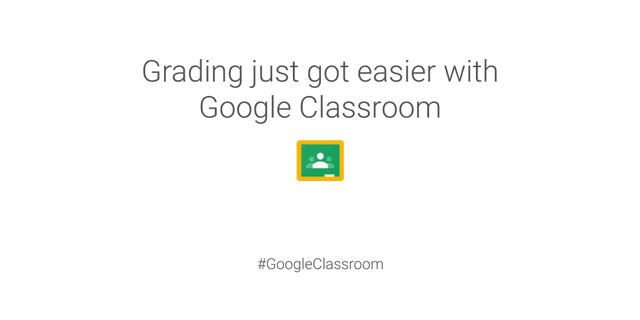Posted by Hania Guiagoussou, Dublin High School, Dublin, California Editor's note: Hania Guiagoussou is a junior attending Dublin High School in Dublin, California. Born in Montreal with parents from Chad, Hania is a tri-citizen Canadian / Chadian / American. Hania, when not coding, is also a long distance runner with Dublin High’s Track & Field team. She joins us today to share her perspective on how she became a coder. We celebrate CS Education so students like Hania can keep changing the world through apps like Hania’s WaterSaver. What’s the first thing that comes into your mind when you hear the term “coding”? Is it “geek”, “weird”, “boring”, or “complex”? If you came up with anything similar, chances are you are just like me before I started programming. My dad is a computer engineer and was constantly trying to get me into coding. I was more interested in enhancing my talent in art and drawing. I resisted, and just like most people my age, thought coding was a complicated foreign language. Nothing seemed cool or fun about it.
All of my opinions about programming changed, however, once I attended a Java programming workshop for kids. I was skeptical and honestly wasn’t excited about going at first. Once I arrived we started playing around with an animation tool called
Alice. After a few hours we were taught the basics of the tool, and were left alone to experiment and develop our own programs. I ended up getting hooked and spent hours creating my first animation. I was actually having fun and forgot that I was programming. I still felt like an artist, applying my imagination to a screen instead of paper. After the workshop I fell in love with coding and began to program animations for school projects and for fun.
Using my newly acquired coding skills, I went on to develop projects with social impact. My first project was
WaterSaver, which opened doors to countless opportunities and even fame! WaterSaver is a Java-based system built on the Raspberry Pi platform that intelligently controls water sources. The project was inspired by California’s severe drought and Lake Chad’s progressive disappearance (my parents are originally from Chad). The idea came about when I noticed that despite the severe drought, many households in my neighborhood weren't controlling their water usage. To solve this problem I programmed a system that adapts to changes in weather and soil conditions, and that gives users the ability to monitor and control water sources from anywhere. After completing my project I realized that my coding skills were like superpowers that I could use to innovate, help others, and change the world!
 |
| Hania hard at work on her Rasberry Pi / Java-based WaterSaver project |
I submitted WaterSaver to a Pan-African competition in Chad. There I competed against many highly skilled competitors a lot older than me. The experience was nerve-racking, but I believed in my project and knew that it had the potential to help others. I ended up winning 3rd place in Africa and 1st place in Chad. The prize was quite grand, $10,000 in my pocket! After the award ceremony, kids were running up and trying to take pictures with me; they were just amazed by what I had accomplished. I also had the media dying to schedule newspaper, radio, and TV interviews with me. Keep in mind that 24 hours prior, I was just an ordinary, unknown teen.
My favorite part of the experience was that I inspired so many children in Chad. During my trip I had the chance to sit down with other girls and exchange details of our everyday lives. I discovered that these girls were a lot like me -- they were connected to social media, watched TV, and went to school. The striking difference, however, is that many young girls in Chad (and in many other countries in Africa) are forced to get married before the age of 18 despite restriction regarding underage marriage in their countries. This fact shocked me and helped me realize how lucky American girls are to have the opportunity to finish school.
A year after my trip to Africa, I was given another amazing opportunity, a Keynote speech at Javaone for Kids. During my talk I had the chance to inspire hundreds of kids to pursue coding and follow their dreams. A week later I was selected among 9 million Java developers from around the world to become the youngest recipient of
Oracle’s Duke’s Choice Award, which recognizes and honors outstanding innovation using Java technology. This award was not just a win for me, but for all teenage girls. I want other girls to see what I have accomplished and have the opportunity, and the will, to do the same.
 |
| Hania receiving the Oracle Duke's Choice Award (Hania is with her dad Mahamat and an Oracle rep) |
I used to be a typical teenage girl who thought coding was boring and odd. I never really saw myself as programmer and just thought it wasn't for me. But little did I know that attending one workshop would completely change my perception. I came to realize that programming is like art: you use creativity, imagination, and critical thinking to create a functioning piece of code.
Women are highly underrepresented in the tech field.
Statistics from The Huffington Post indicate that In 2013, just 26 percent of computing jobs in the U.S. were held by women. I don't have to check statistics to figure that out. At my school, every engineering class has an uneven male to female ratio. I remember one of my friends asking me “what class are you going to” and I responded “computer programming”. She cringed with a disgusted look!
My friend’s reaction opened my eyes. I see my old self in every single girl who believes that she isn’t smart enough, strong enough, or determined enough to engage in the tech field. That is why I have made it my mission to get young girls around the world to embrace and see the potential of programming, to discover their hidden talents, and to believe that all you need to code is the determination and passion to learn.
















